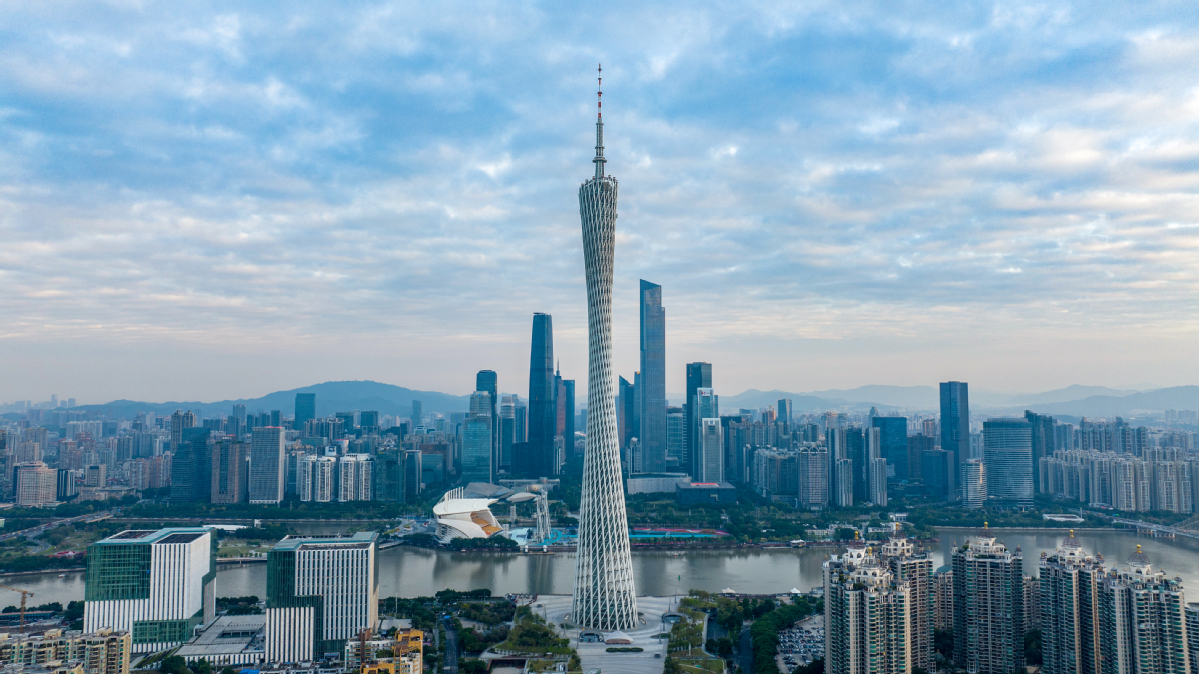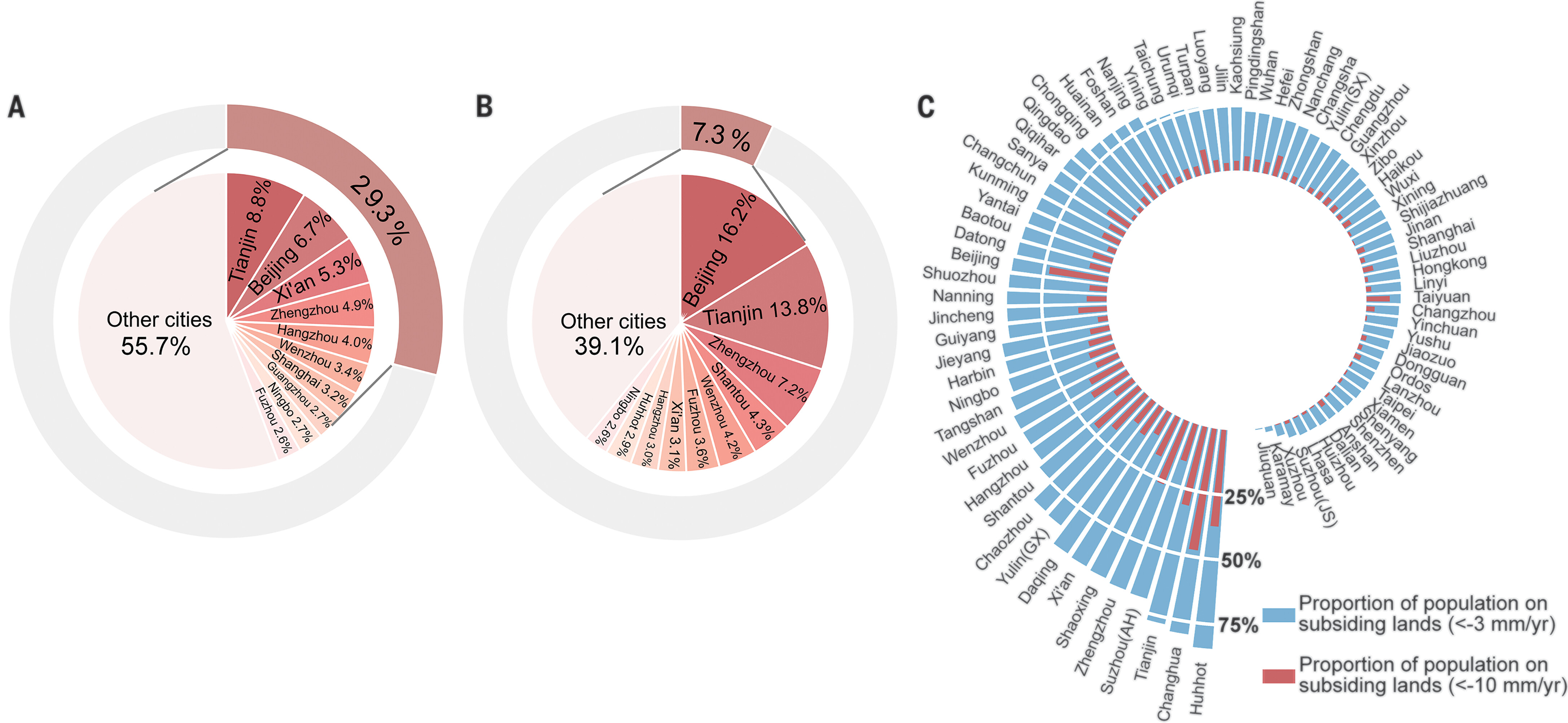Scientists probe land subsidence risks for cities in China
Apr 22, 2024
Editor's note: Many parts of the world are slowly "sinking" — and China is not immune, researchers at Peking University have found in a yearslong study.
Photo: China Daily
Peking University, April 22, 2024: In the bustling metropolises of China, a silent menace lurks beneath the surface. As skyscrapers reach for the sky and millions go about their daily routines, the ground beneath their feet might be slowly subsiding.
In a recent publication in Science, a research team co-led by Academician Hu Xiaomei and Tao Shengli from the College of Urban and Environmental Sciences at Peking University (PKU) has cast a revealing spotlight on this pressing concern. Titled “A National-Scale Assessment of Land Subsidence in China’s Major Cities,” their paper provides a comprehensive analysis of the depth and breadth of this problem.
What is land subsidence:
Land subsidence (LS), the gradual sinking of the land, is a major problem that threatens the viability and sustainable economic development for many millions of people globally, especially, but not restricted to coastal and highly urbanized areas, according to the UNESCO Working Group on Land Subsidence.
Fig. Population living on subsiding urban lands.
(A) Proportion of population living on urban lands subsiding faster than 3 mm/year (or <–3 mm/year) at the national level (outer circle) and top 10 cities with the largest population residing on these lands (inner circle). (B) Similar to (A), but showing the proportion of population living on urban lands subsiding faster than 10 mm/year (or <–10 mm/year). (C) City-specific proportion of population living on urban lands subsiding faster than 3 mm/year (blue) and that on urban lands subsiding faster than 10 mm/year (red).
Key findings:
• 45% of urban lands are subsiding faster than 3 millimeters per year. 16% of urban lands are subsiding faster than 10 millimeters per year. This affects 29% of the urban population (those subsiding faster than 3mm/year) and 7% (those subsiding faster than 10mm/year).
• Factors contributing to subsidence include groundwater withdrawal and the weight of buildings.
• By 2120, it's projected that 22-26% of China's coastal lands will have a relative elevation lower than sea level. This will affect 9-11% of the coastal population. These changes are a result of the combined effects of city subsidence and sea-level rise.
The bigger picture:
According to a research paper published in Geophysical Research Letters this February, more than 6.3 million square kilometers of the global land is influenced by significant subsidence rates, which includes 231,000 square kilometers of urban and dense settlement areas and a population of nearly 2 billion.
Why it matters:
• The increasing rate of land subsidence, coupled with projections of coastal land vulnerability emphasize the importance of instituting robust protective measures to address the multifaceted challenges posed by land subsidence across China's major cities.
• Effectively addressing the challenge of city subsidence ultimately demands collaborative and coordinated endeavors from stakeholders across various tiers, including policy-makers, the research community, and civil engineers, the paper concludes.
Methodology:
The team utilised radar observations from satellites to monitor ground deformation. With the capability to detect minute changes over extended periods, even measuring shifts on the scale of millimetres per year, these satellite observations served as the basis for this research. Leveraging this approach, the research team conducted a comprehensive assessment of land subsidence across 82 major cities in China from 2015 to 2022.
Link to the paper: https://www.science.org/doi/10.1126/science.adl4366
Written by: Sean Elijah Tan
Edited by: Dennis Meng

